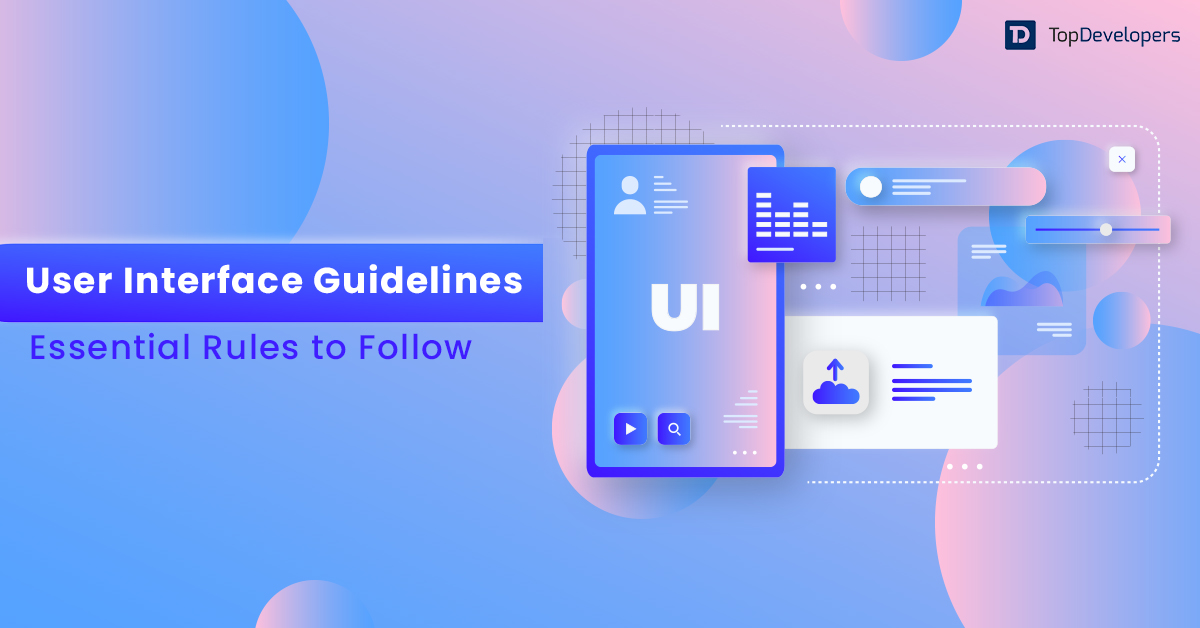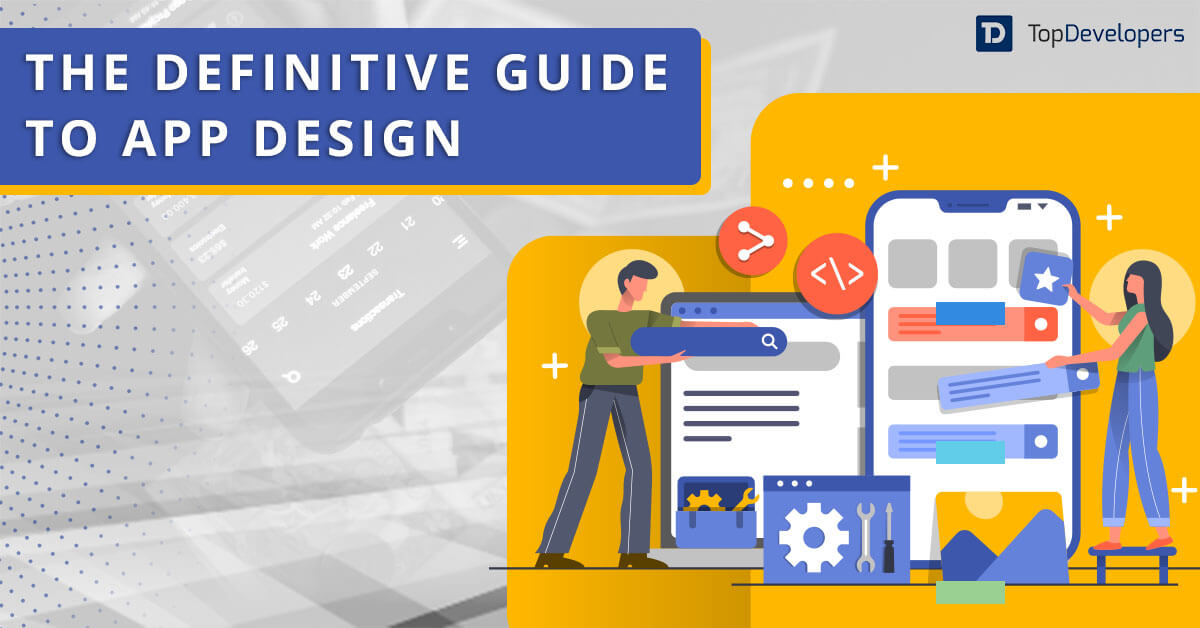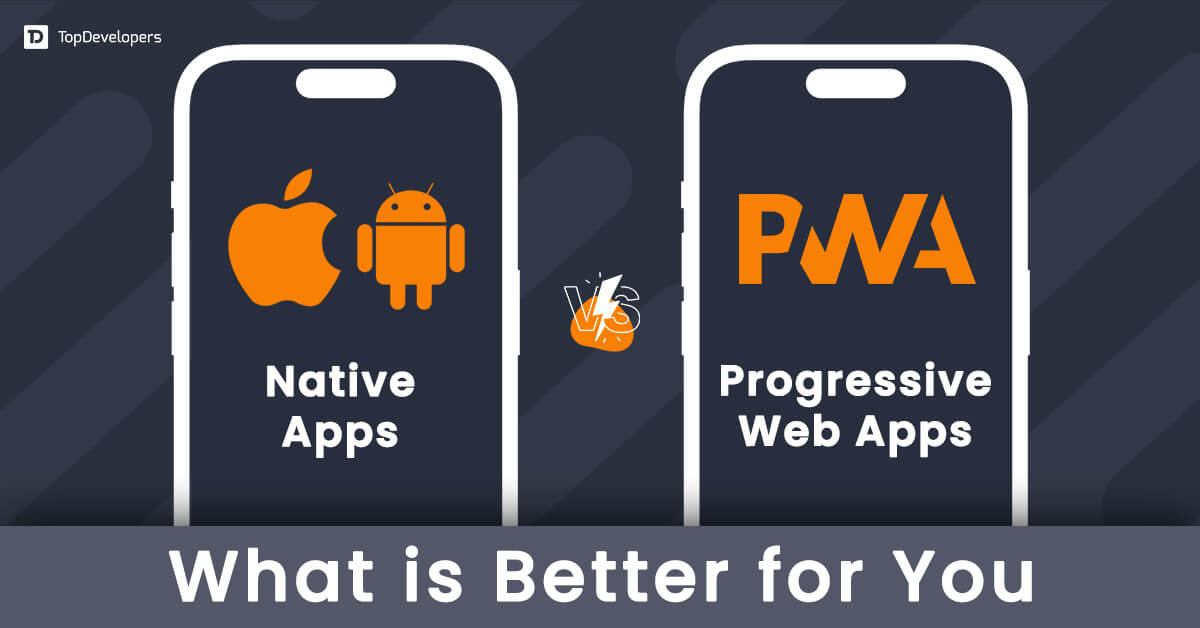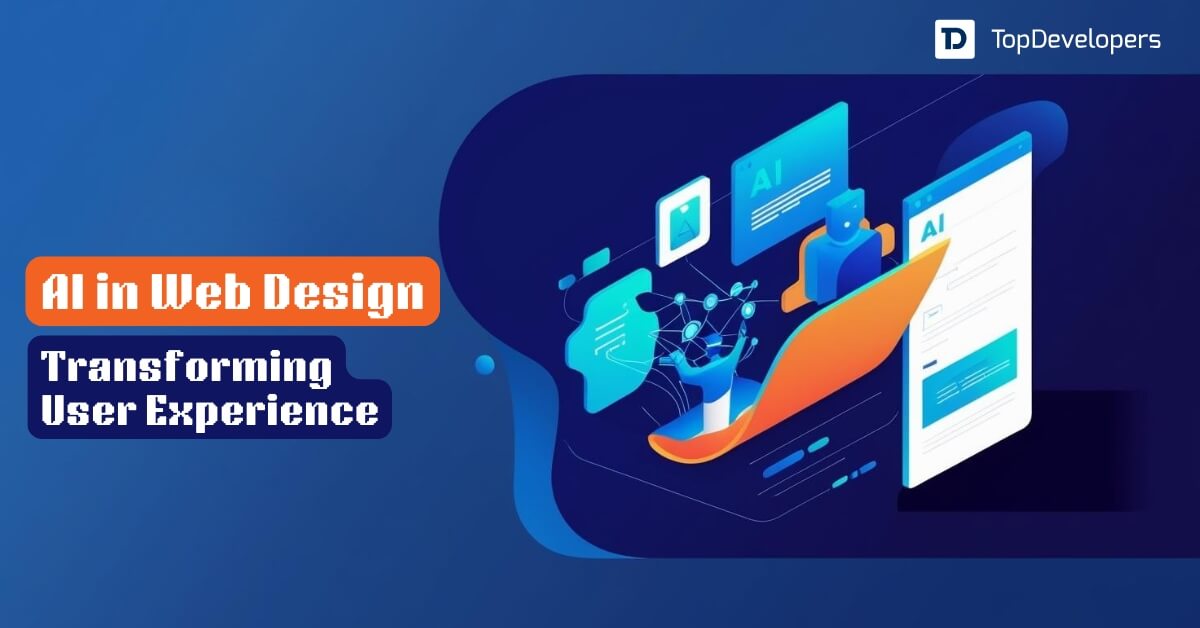
The astronomical rise in mobile consumption has geared up businesses to build mobile apps. Native app development is the pinnacle of mobile devices as it delivers the best experiences to users with personalization, high performance, and engaging UI UX. However, native development and maintenance are expensive, difficult to update, require app store approvals, and sometimes, initial loading time is longer than expected.
Progressive Web App best addresses all of these native app developmental challenges. PWAs eclipse native development as they load faster, better engage the users, increase conversion, and augment ROI by a large fraction. The visionary business leaders confirm the real-life facts.
- Tinder cut loading times from 11.9 seconds to 4.69 seconds with PWA.
- Pinterest experienced a 60% increase in user engagement post-PWA development.
- Treebo viewed a fourfold increase in conversion and a three-fold growth in retention.
- The best Western River North hotel saw a 300% growth in revenue with PWA.
The outstanding results showcase that PWAs are a great solution for businesses. However, not all businesses achieve the desired results such as improved engagement, conversion, and ROI because of common mistakes made during PWA development. Overcomplicated navigation, poor space usage, not designed for high accessibility, and infinite scrolling are some of the slip-ups that should be avoided at any cost.
It requires businesses to make sure PWA guidelines and a couple of tips should be considered. In this blog, we will walk you through the top tips for designing an eye-catching UI/UX design while developing a user-friendly Progressive Web App successfully.
Table of Contents
Progressive Web App Design: Best Practices For Great PWA UX-UI
Designing an engaging User Interface (UI) and User Experience (UX) for a Progressive Web App (PWA) is crucial for providing a seamless and satisfying user experience. Here are some common tips to help you create an engaging UI/UX for your PWA UI/UX design:
Ensure a Smooth Scroll
Imagine a situation when you are on a hunt for a piece of information, and all you get is a nasty website with an irritating scrolling experience. You will leave that page as soon as possible. The same is the case with the potential users out there!
You need to ensure that you implement a smooth scroll and navigation in your PWA so that the audience can access the right content without any problems. Many times, when a user is scrolling, either the screen gets blank, or there is a delay. It could be quite annoying, and one should prefer avoiding the same.
Using a virtualized list could be the optimum solution to this dilemma, and you can easily enhance the scrolling speed in your PWA mobile design without any issues. One can prefer relying on some plugins for the same and improve the overall user experience.
Leveraging the help of one of the top UI companies, Twitter(Now X) fixes this problem in Twitter’s PWA with virtualized list component implementation where content is rendered within the viewport. When request animation frame API is used, items are incrementally rendered over multiple frames. Sometimes, skeleton screen implementation also helps deliver the best experiences.
Prioritize design for both mobile and desktop
The perfect way to engage a potential audience is to deliver native experiences through PWA for different platforms. However, it requires creating desktop and mobile versions separately so that PWA appeals to the users on the device they are accessing the application.
The desktop version provides more space that allows graphic designers to create more graphical elements, spaces, and more features. On the flip side, the mobile version requires minimal content and basic features to be added to the top of the navigation bar as users access these elements at scale.
The best practice involves creating wireframes for both mobile and desktop versions proactively so that Progressive Web Apps design can be optimized according to interfaces.
Remove footer
Native apps don’t have a footer, and the same is the case with PWAs because adding a footer consistently on all the pages takes up a lot of space, which is not good for mobile users. It’s good to remove footers from PWAs. However, if all the features don’t fit the space and require an extra place to position, then the footer is kept intelligently.
For instance, Starbucks kept a footer across all the pages intelligently wherein information is categorized under different sub-categories so that users can easily access the features. By pointing an arrow at each category, it unfolds several sub-categories.
Emphasize Simplicity
One of the issues that most of the applications face regarding the UI/UX of a website or application is the complexity of the design. UI/UX guidelines to create the best design application depict that one shouldn’t emphasize filling the web app with lots of functionality or design elements that actually spoil the user experience at worst!
As per the expert UI/UX designers, the simpler the design is, the better it will engage with the audience. You need not stuff your website or app with design elements and lots of functionalities that actually hamper the overall design. Thus, precise analysis of elements and features should be done before randomly deploying them in your progressive web application. UX companies recommend prioritizing features and implementing them intuitively for improved accessibility.
Tinder did well in its PWA design with a simple and intuitive interface where features are easy to navigate and access. It has helped Tinder drive maximum user traction and improve user engagement.
Loading Time of the Web App
There is no chance that a user would stay on your web app if it is taking too much time to load. The PWA UI design must be optimized to get the desired user engagement that you can’t get with a slow-loading web app.
It is essential to precisely optimize the content and media on your web application with compression or using specific formats that reduce load times so as to maintain a good performance. Lazy loading is also a great technique to reduce loading time that involves loading only content and media that are currently visible on the users’ screen, and the rest is loaded as users scroll down.
Minimal use of third-party plugins and scripts significantly brings performance gains to PWAs. So, keep those plugins and scripts that are necessary and remove the others.
Optimal use of advertisement
The progressive web app involves concise usage of available space, and it creates a small room for ad placement. However, ads are a potential source of revenue, but they negatively influence user experience and take away users from the competition. So, businesses need to strike a balance between optimal ad usage and best user experience delivery with apt PWA UX design.
Ensure keeping a limited number of ads that do not interfere with user interactions. Also, relevant ads should be displayed based on user interests, which increases the chances of CTR and improves user engagement. Using native ads or banners is also a good way to advertise on PWAs, as they are less frustrating as opposed to interstitial ads.
Businesses can also test the frequency and placement of ads to make sure they are not resulting in bad user experience delivery. The analytics tool will help know users’ responses and engagement levels so that changes are made accordingly in the design of PWA.
Judicious usage of visuals
Undoubtedly, visuals or animations leverage appeal to the users and make the experience unforgettable. Visuals help convey information effectively, and animation helps draw user attention to important features with dynamism. It makes the content relevant and adds value to the user experience, but everything is not so rosy.
When visuals and animations lack usability and negatively hamper the performance of the PWA design as defined under user interface guidelines, they cook a recipe of disaster. The usage of small-size graphics and animation should be used after thorough testing on a range of devices and network conditions to ensure expected performance.
Conclusion
Progressive Web Apps are bringing enormous success to businesses that opt to complement mobile and online presence with design and development. However, not all PWAs perform to the peak efficiency and are required to follow a couple of tips. These UI/UX design improvements to build a successful and user-friendly PWA design with the help of leading UI/UX design agencies make the PWA- a huge hit with improved user engagement, organic leads, conversion, and ROI.
 Derek Cohen
| Oct 31, 2023
Derek Cohen
| Oct 31, 2023
Analyzing business activities and data to formulate the best business development ideas is where I earn appreciations and remunerations. I’m an ardent reader, business adviser, gadget aficionado and an amateur yet an avid writer. My urge for innovative writing evokes every time I come across new gadgets, neo technology and novel technical events.





